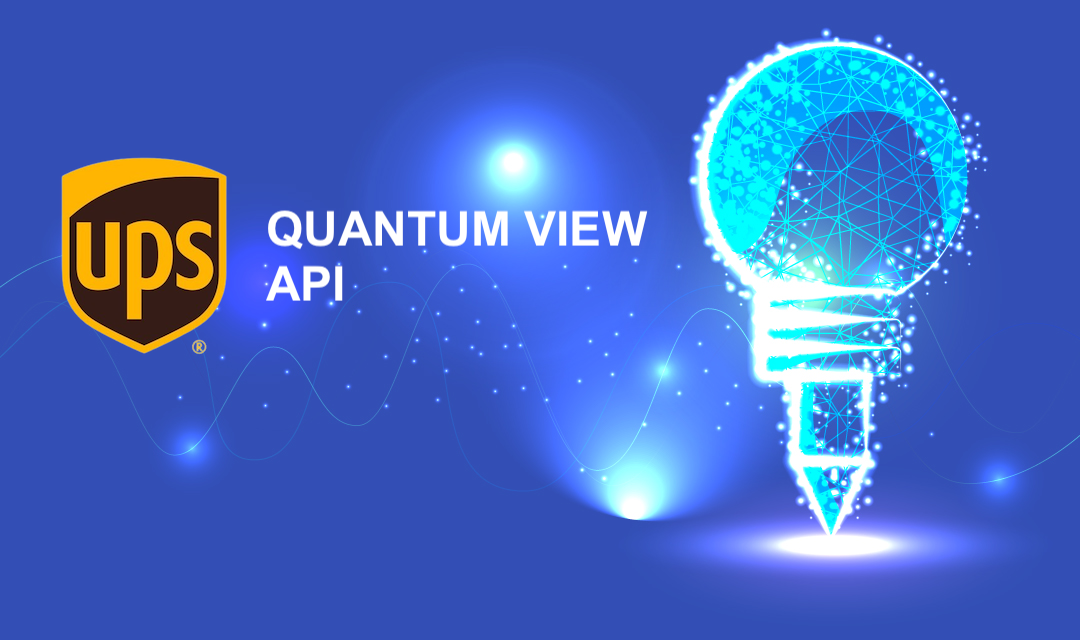
UPS Quantum View is one of the most comprehensive reporting APIs available on UPS XML, and yet it's one of the least used APIs. It provides complete reporting of every shipping activity your organization is engaged in. It is a comprehensive suite of services that give you details about your UPS shipments. It can be used to update your ERP with tracking numbers, scheduled and actual delivery dates, and exceptions. The catch is that you'll have to use PackageReferenceNumbers to correlate the package with your sales order number. UPS Worldship allows you to enter up to 2 custom reference numbers while creating shipments, and this reference number must be used to track back to your sales order.
1. Subscriptions
In order to use Quantum View API service, you must set up one or more subscriptions. Subscriptions give you a way to indicate which types of Quantum View events you wish to retrieve. You may set up subscriptions for outbound shipments, inbound shipments, and shipments using alternate billing such as freight collect, third party, and consignee-billed. Subscription events may include manifest, origin, delivery, and exception activities. When you establish a subscription, you can assign a name to it. The Quantum View API allows you to refer to subscriptions by name, or do not supply subscription names to retrieve all.
It should be noted when you make an API call, Quantum View API only returns events that have not been read. If you wish to retrieve the same data whether you've already read the events, you must supply either the "FileName" or "DateTimeRange" parameters when you make the API calls.
2. Bookmarks
Quantum View API limits the amount of data returned as a result of any single request. This limit is 150KB for multiple files and 500 KB for a single file. If the Quantum View events that you have requested exceed 150KB, the API service splits up the result into multiple files and returns 150KB at a time with a bookmark included in the response XML. The presence of a bookmark in the response indicates that there is more data to retrieve. As an application developer, you'll have to make the same API call with a supplied bookmark to retrieve additional data. This process continues until you retrieve all data from Quantum View API.
3. File Names
If your application knows the name of a specific Quantum View file, it can request that file directly with the Quantum View API. File names have the format "YYMMDD_HHMMSSnnn," where "nnn" is a sequence number that starts at 001. Your application will know the file names of Quantum View events only from the results obtained from previous Quantum View API calls. If File Name is supplied with your request XML, the API will return its events regardless of whether or not they have been read before.
4. Date Time Range
The Quantum View API also lets you request Quantum View events that occurred during a specific range of dates and/or times. For these requests, your application specifies the starting and ending date and time of interest. UPS returns events within that range regardless of whether or not they have been read before. Since the amount of data returned from a date/time range request can be large a Bookmark may be returned as previously discussed. The DateTimeRange is valid up to but not exceeding 7 days into the past, starting from the current day.
References
Share this post
Leave a comment
All comments are moderated. Spammy and bot submitted comments are deleted. Please submit the comments that are helpful to others, and we'll approve your comments. A comment that includes outbound link will only be approved if the content is relevant to the topic, and has some value to our readers.

Comments (0)
No comment